Healthcare application development
5.0
Our Values
Scalable
With our mobile development services, we create a custom application. Owing to a well-designed architecture, the application can easily handle a growing user base without sacrificing performance or the quality of the user experience.
Stable
Our first-class developers provide a highly stable product. Through the use of quality assurance and DevOps services, all applications are sustainable.
Fast
We conduct compatibility, usability, performance, security, and speed testing to deliver lightweight and fast mobile digital solutions that retain users and drive revenue.
Thoughtful architecture
Highly skilled architects create a well-designed infrastructure that will handle the scaling, traffic load, and advanced functionality of your mobile solution perfectly.
Thoughtful architecture
A professional team delivers a digital product of a reasonable size so that users can easily download and view your app. This will enhance user experience and reduce the rate of failures.
Compliant
Yojji builds mobile solutions according to the requirements that the Google Play Store and Apple App Store provide. Therefore, all applications go through moderation seamlessly.
Collaboration models
Custom development
Dedicated team
Staff augmentation
Workforce Management Solution
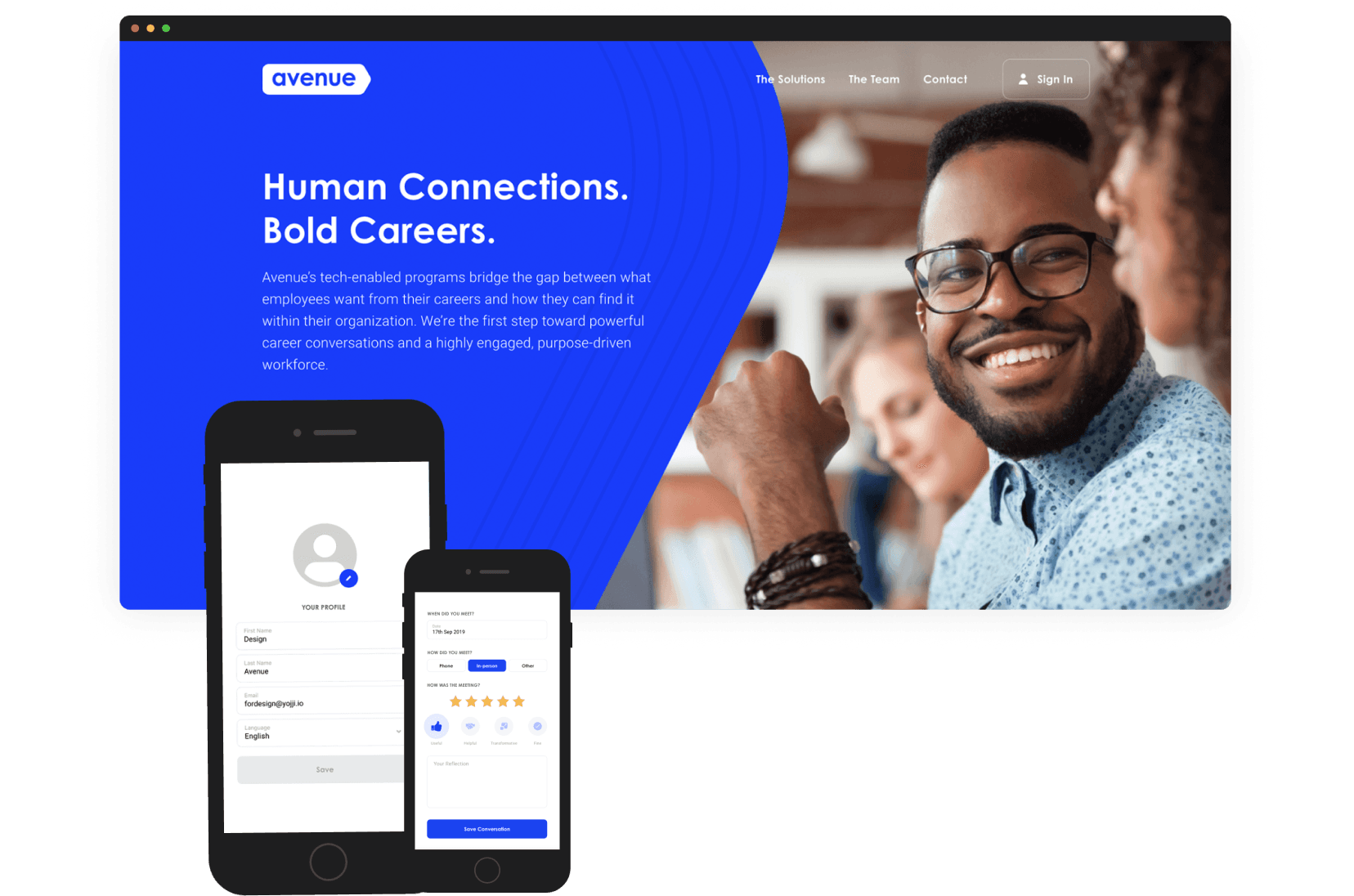
Avenue is the first step toward powerful career conversations and a highly engaged, purpose-driven workforce.
Payment system for entrepreneurs from scratch
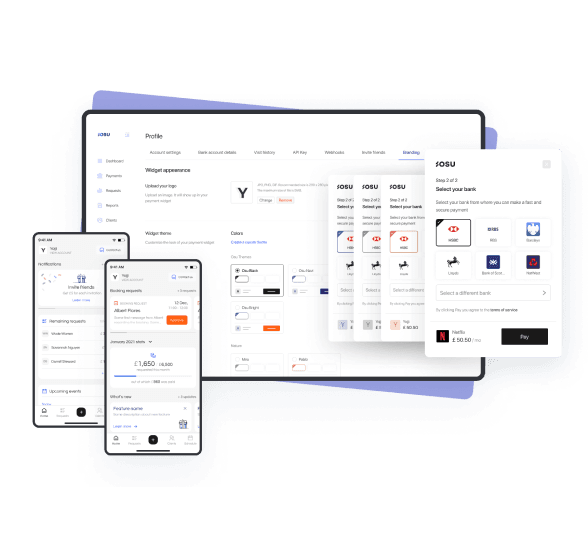
Osu is a payment system for entrepreneurs that simplifies settlements between service providers and customers and allows merchants to effortlessly create and manage payment requests.
Time Track System
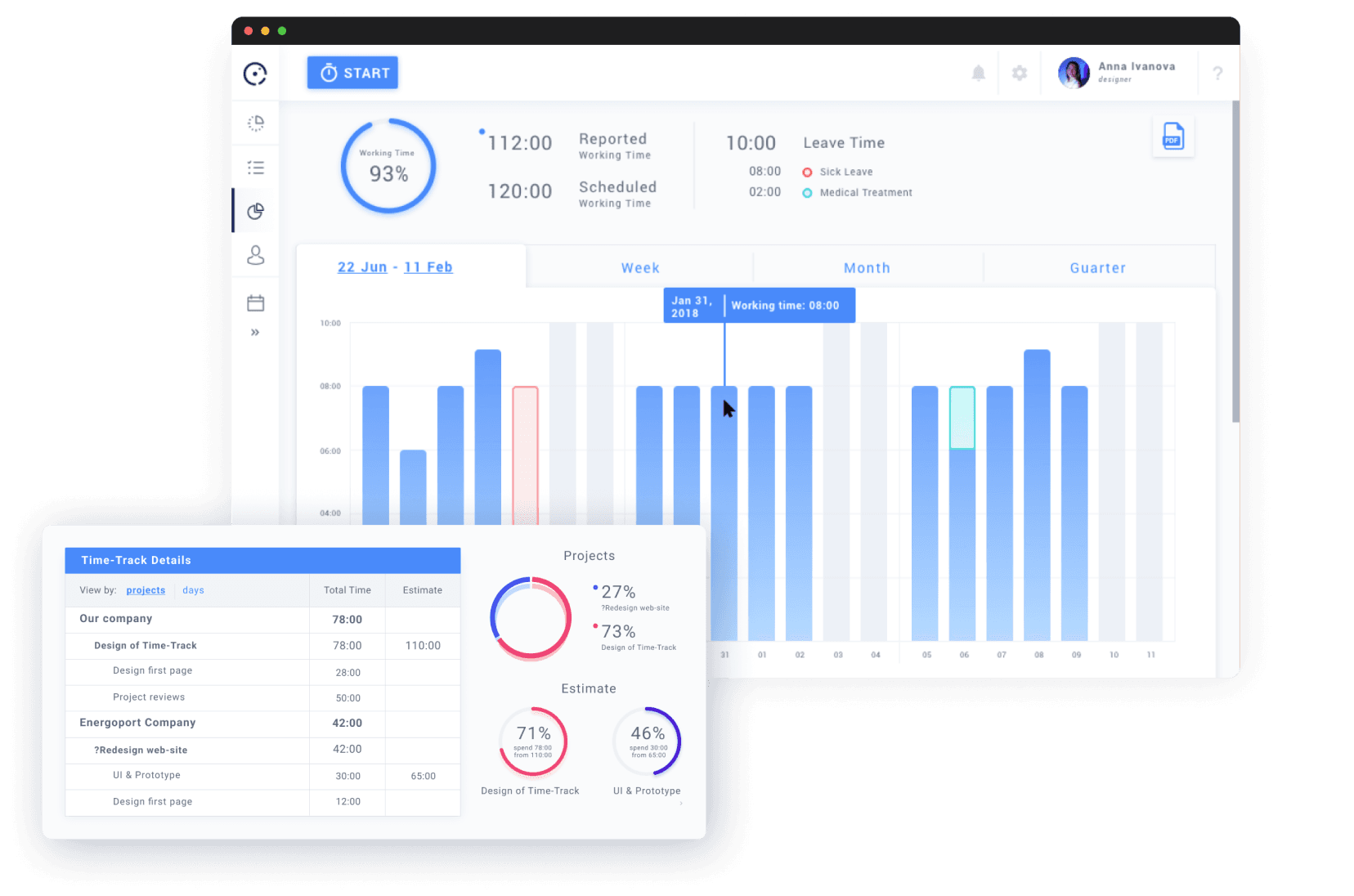
The Time Machine app helps to track and manage the time spent on work tasks. Weekly timesheets allow you to set the time-frames and add comments quickly and easily. Being feature-rich and user-friendly, the app has an intuitive easy-to-use interface.
Investment application for parents
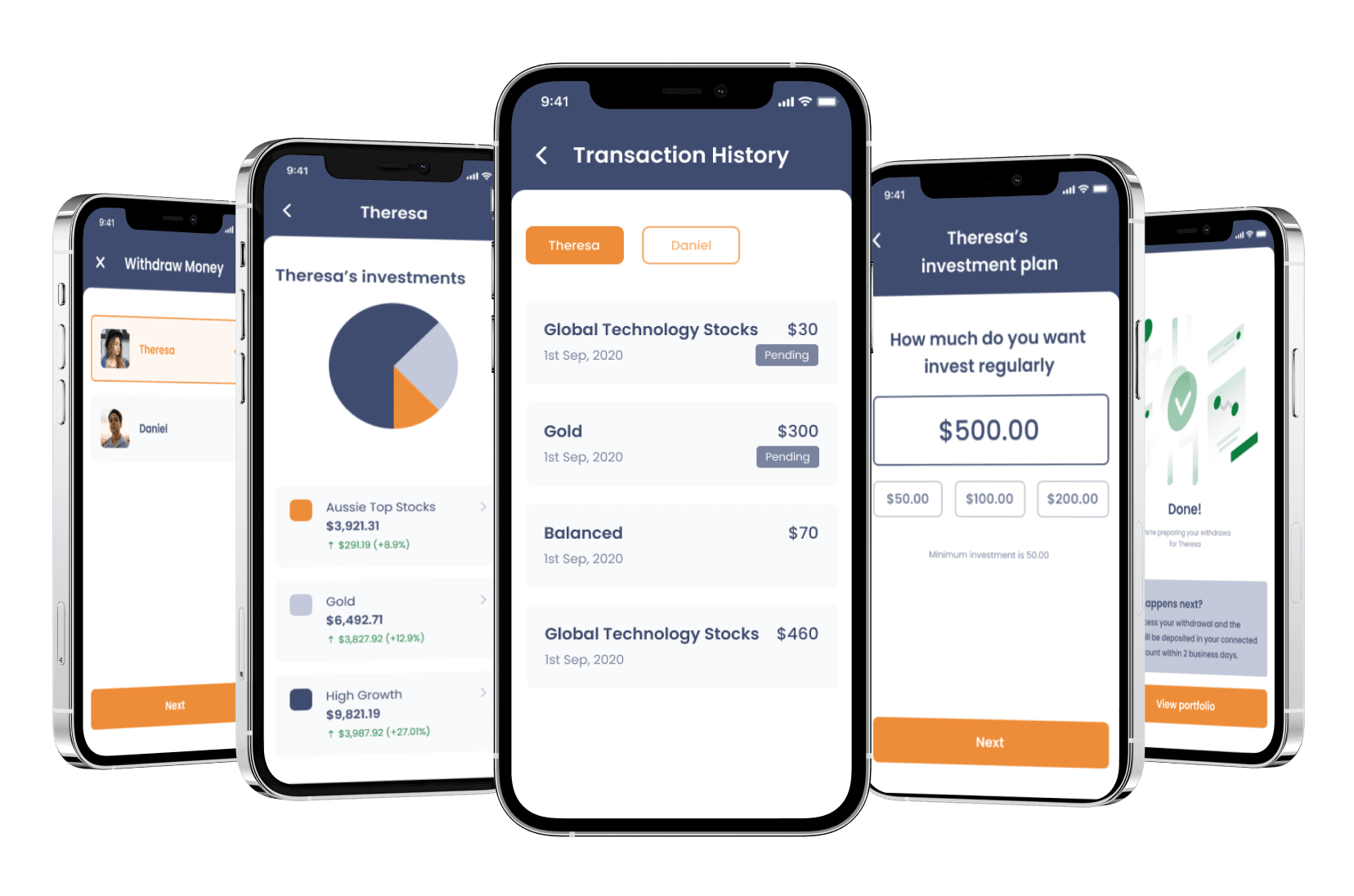
A feature-rich financial mobile application offers a wide array of investment opportunities for parents who want to provide capital for the future of their children. The app serves as an innovative fintech platform that is packed with advanced banking functionality.
Social Network App
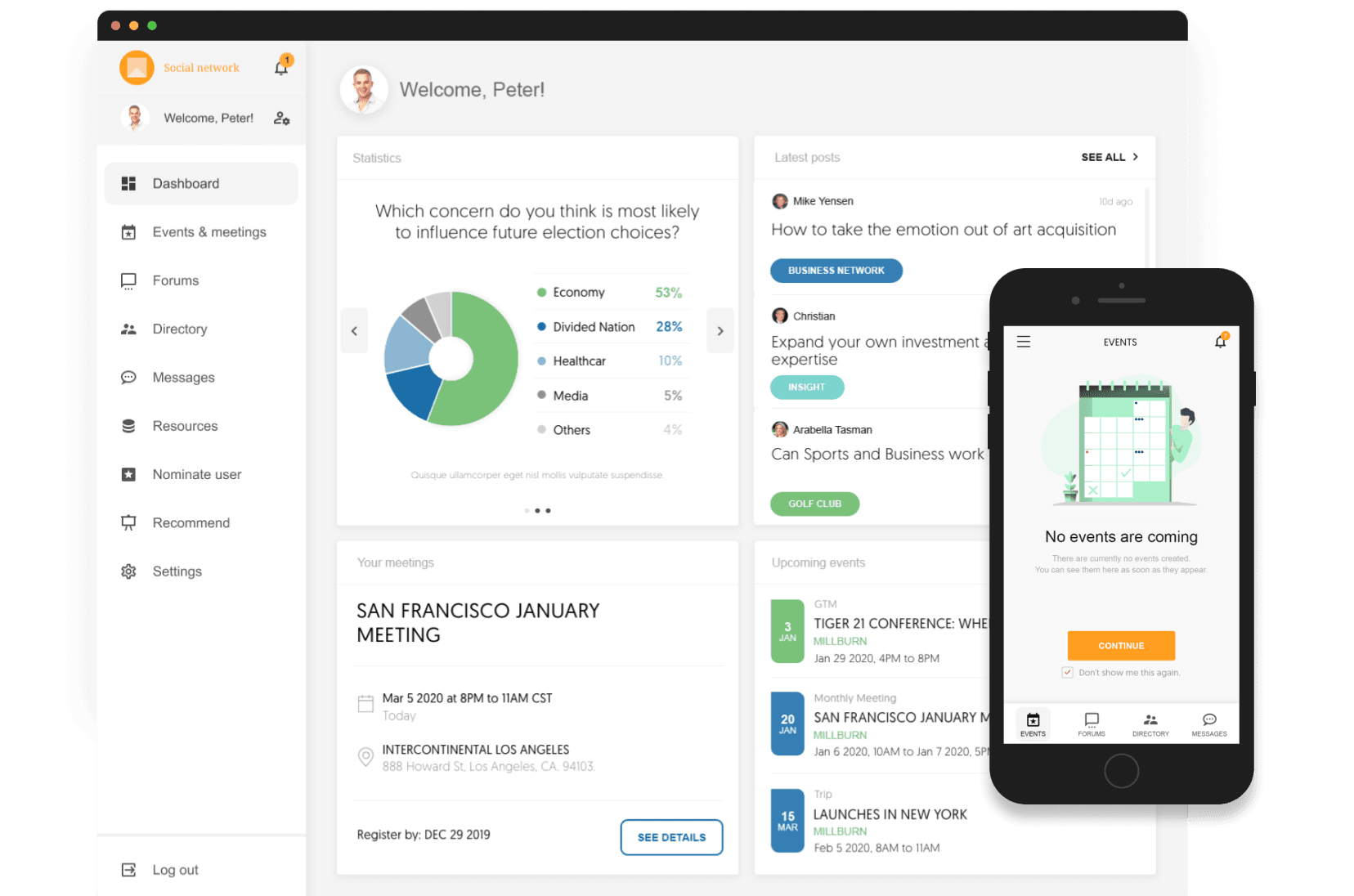
The client-company is an exclusive network for high-net-worth individuals. With hundreds of active users, this network is a win-win option for high-level managers, successful entrepreneurs, and investors. The company aims at establishing and maintaining business contacts, exchanging experiences, and sharing valuable insights. Meetings are held regularly to discuss both business and family issues. The insights gained from regular monthly meetings are invaluable to everyone involved.
Worldwide remittance SaaS platform
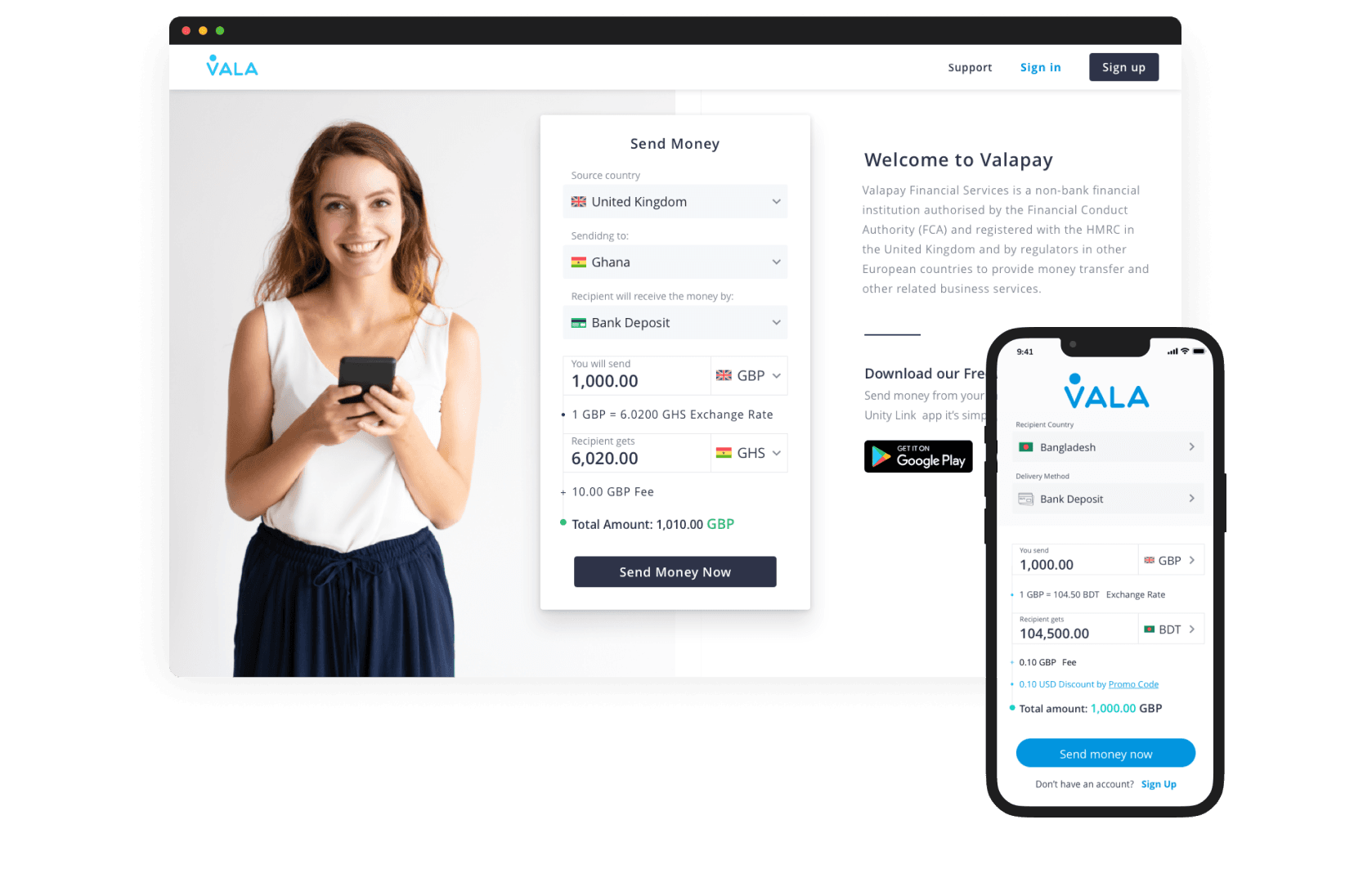
Vala enables direct execution of money transfers between money transfer businesses, minimizes the total costs of every transaction and generates new revenue streams.
Cross countries payroll solution for SMB
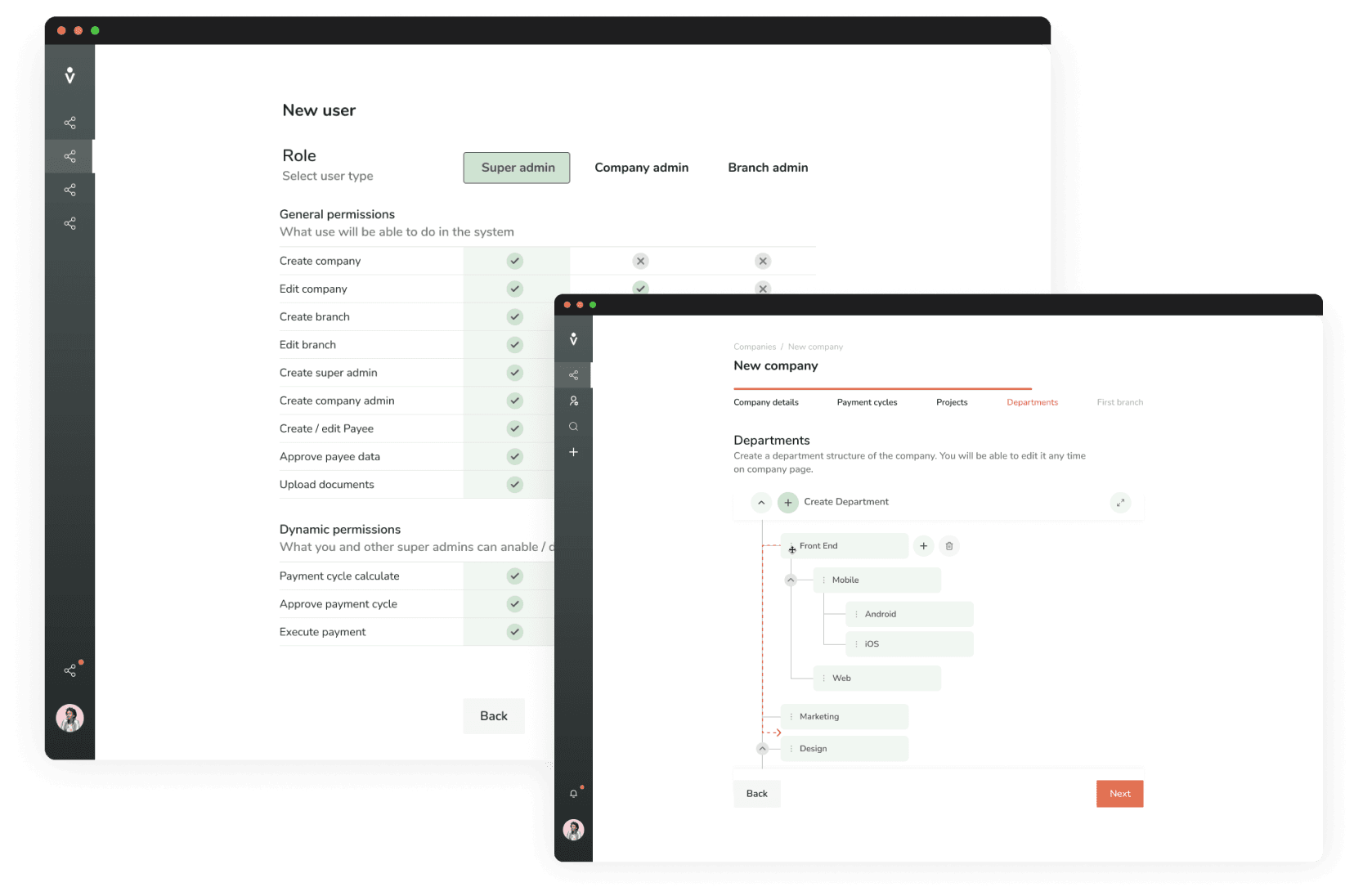
Payroll is a cloud-based solution for small, mid-sized, and large companies to manage payroll around the world. This system allows direct money transfers between counterparties, provides an opportunity to manage payment cycles and interact with payees.
Smart Health
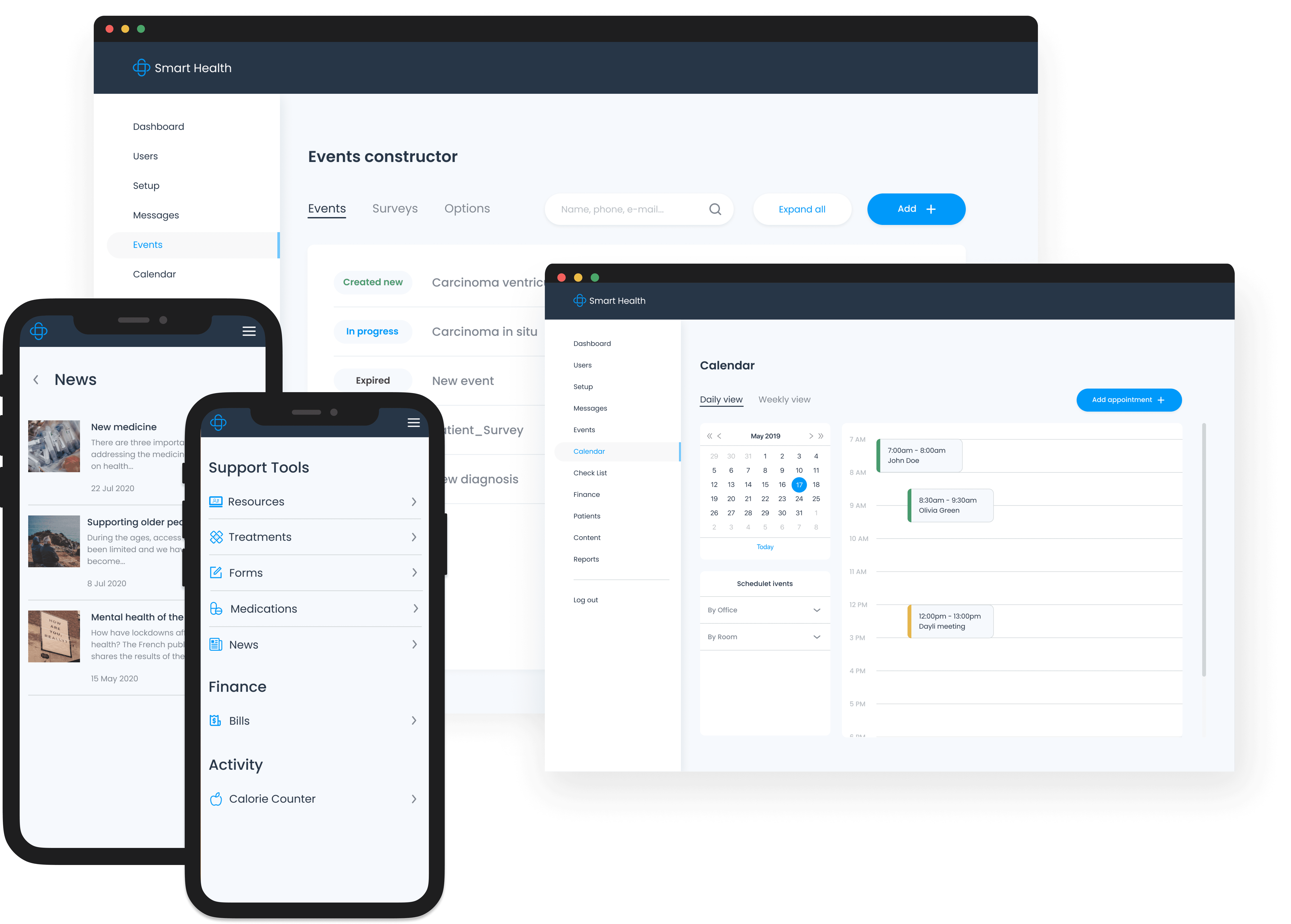
A powerful software solution offers hospitals and medical centers versatile functionality to conduct timely remote health consultations and online surveys of the population on the Covid-19 pandemic issues. The app keeps users informed about the ways of preventing the illness.
A matter of design
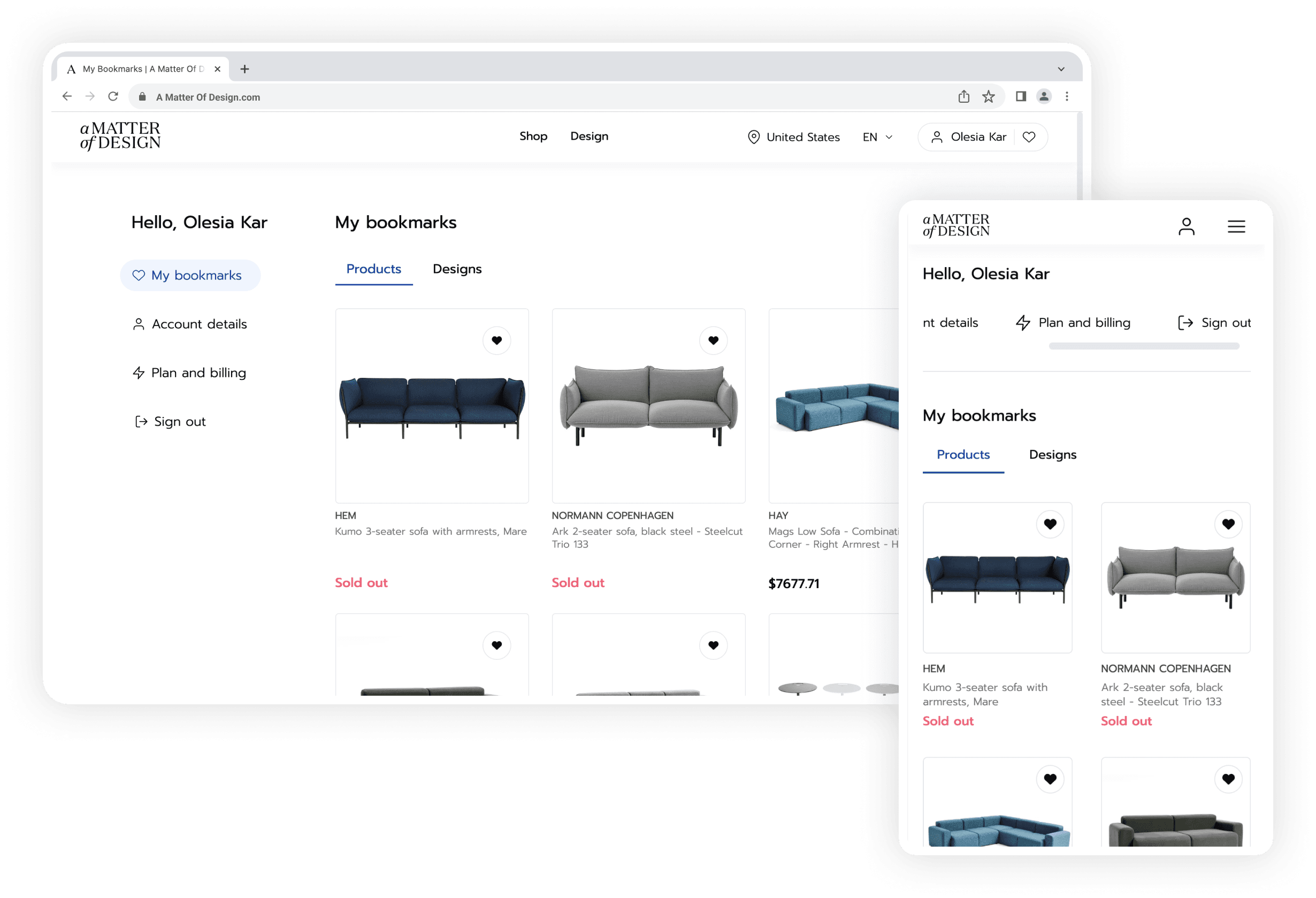
Explore the innovative journey of AMOD, a user-centric, AI-powered interior design and furniture shopping platform in Hong Kong, revolutionizing design with technology
Covid-19 Symptom Screening & Tracking for Schools
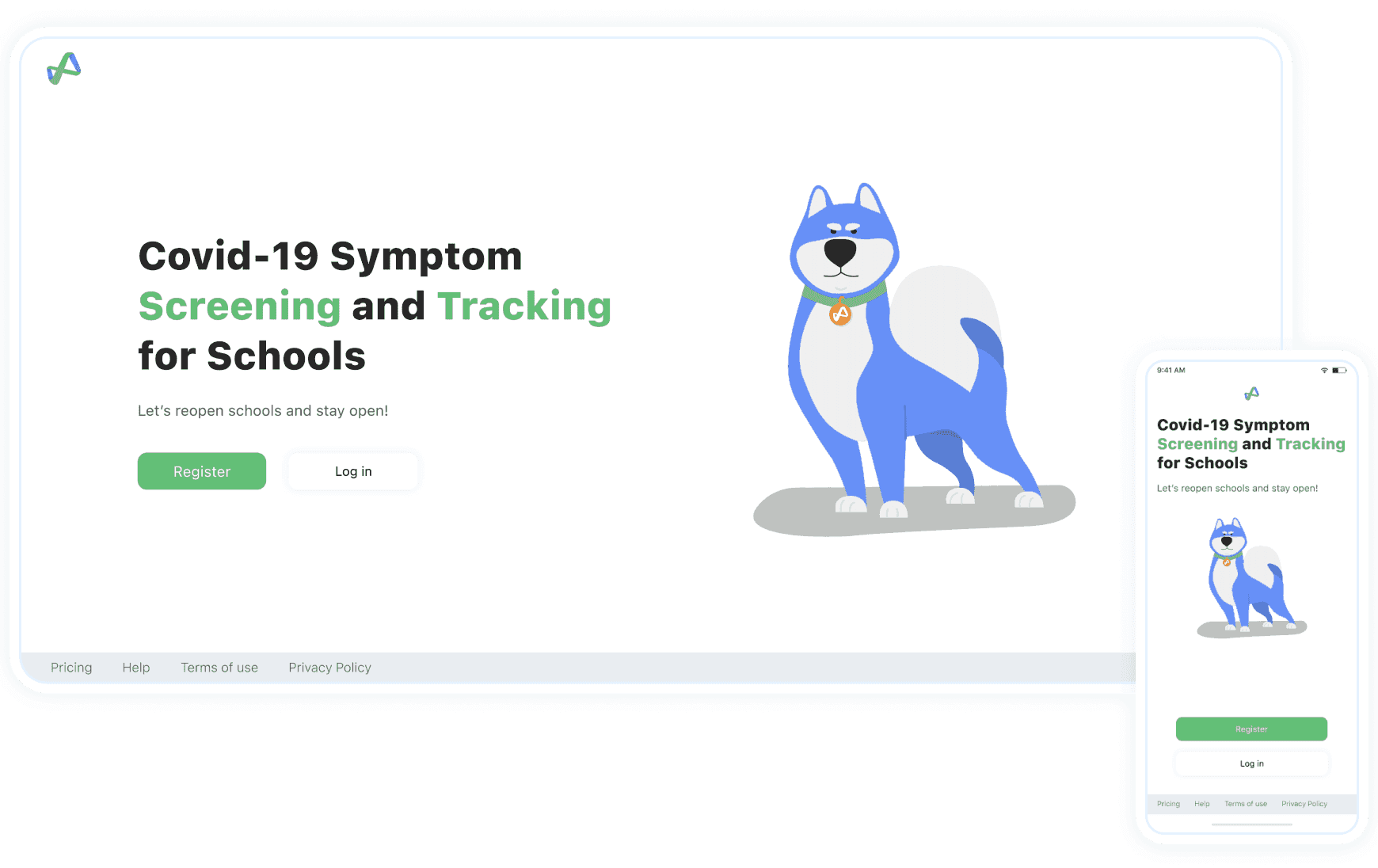
The symptom management system that helps companies and educational institutions to reopen, be ahead of the COVID curve, and protect people from infectious diseases, a tool that helps create and sustain a safe environment at work and in school, manage the business processes to reduce the risks of suspending work, and arrange for the community's safety.
Healthcare Application Development FAQ
If any of the questions haven’t been covered yet, in this section, you may probably find the answers.
01
02
03
Yojji successfully delivered the project within schedule. They demonstrated excellent project management via weekly sprint demos and promptly made adjustments based on the client's feedback. Their responsiveness and collaborative attitude were key elements of their work.

5.0
Yojji was an instrumental part of the client’s team, working closely with them to achieve the product’s success. The team was very collaborative and timely, and their performance was amazing. Additionally, their resources were experienced, professional, and enjoyable to work with.

5.0
Yojii is impressive both in quality of development work as well as their commitment. Strong focus on delivery, highly technical personnel, flexible approach that allows for rapid development. Strong processes that allow for solid controls.

5.0
We’re very happy with the way that Yojji works, which is why we’ve spent so much money and engaged them for such a long time. We treat them as employees in regard to responsibilities and expectations, and they haven’t disappointed us.

5.0
As a company, we find Yojji to be excellent development partners - we cannot recommend them more highly and will be very happy to continue working with them in the future.

5.0
They are really nice people with excellent technical backgrounds.

5.0
We used Agile project management methodology and were in contact with the team and project manager daily.
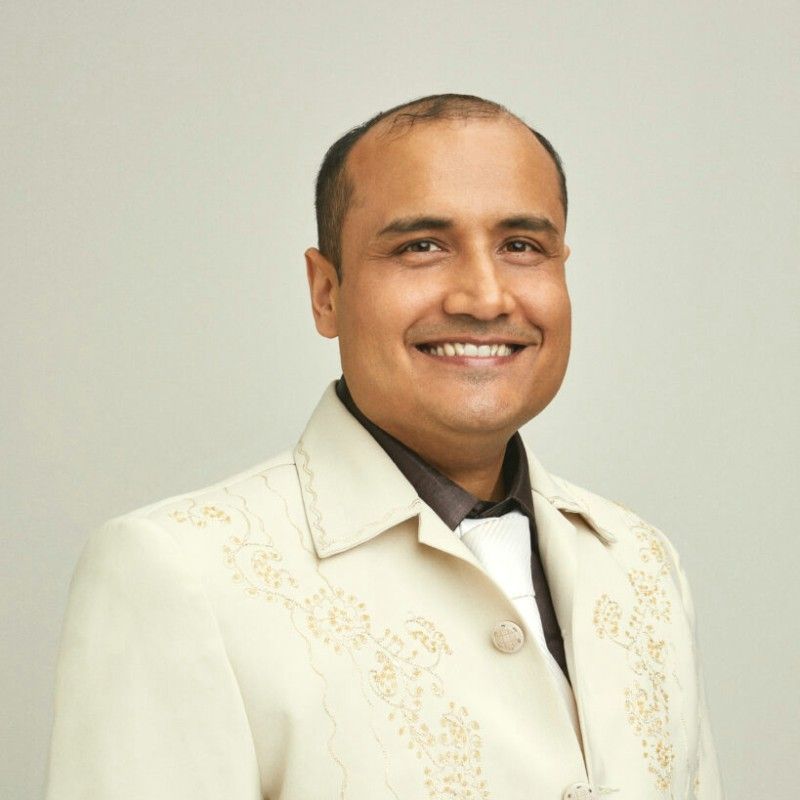
5.0
They all had a super positive outlook and were dedicated to getting the work completed to a high standard.

5.0
Yojji has delivered an accessible product with thorough consideration for the client's requirements. Users have commented on the platform's user-friendliness and speed. Moreover, the team is easy to communicate with and provides frequent updates. Their development and design skills are impressive.

5.0